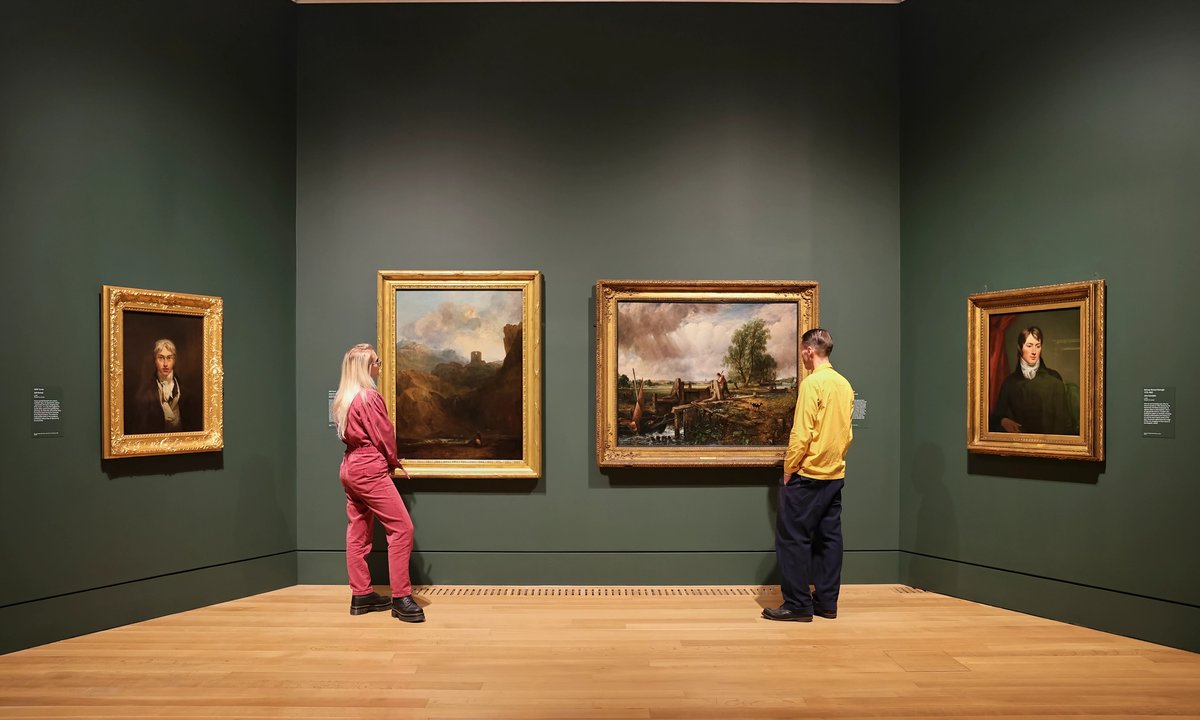
"But where Turner the radical seems so often at the forefront of the national consciousness-celebrated in films, with a museum and a prize named after him, and his very own hall of honour in the wonderful space of Tate Britain's Clore Gallery-Constable is undercelebrated as an artist, and invisible, through familiarity as much as museum prejudice, as a painter. The only room in the country devoted to his painting, currently, lurks at the far end of the Clore Gallery, only emphasising Turner's primacy."
"The difference between the two figures, born a year apart but who sometimes appear from different epochs in art, will be encapsulated by the comparison of Constable's Salisbury Cathedral from the Meadows (1831), more English than a cup of weak tea in a National Trust cafe, with Turner's Italianate Caligula's Palace and Bridge (around 1831), an image of thoroughly un-British fire, ruin and imperial hubris."
Turner and Constable present contrasting legacies within British art, with Turner occupying a more celebrated, national position while Constable remains underappreciated. Constable lacks a permanent gallery in his native Dedham Vale, where a museum dedicated to Alfred Munnings instead stands. Turner appears on public currency and benefits from named prizes and major gallery spaces, whereas Constable is often relegated to jigsaws and a single tucked-away room at Tate Britain. A Tate Britain exhibition recreates their 1831 Royal Academy hang to juxtapose Constable's quintessentially English Salisbury Cathedral with Turner's dramatic, Italianate Caligula's Palace and Bridge. A contemporary critic characterised their contrast as "fire and water."
Read at The Art Newspaper - International art news and events
Unable to calculate read time
Collection
[
|
...
]